From Australia’s forgotten towns to Japan’s forsaken love hotels, Shane Thoms is no stranger to abandoned places. The Melbourne-based photographer has been uncovering, visiting and documenting some of the world’s lesser-known ruins since the 90s—exploring the eerily quiet places that humans have left behind, in an attempt to capture the strange beauty of desertion.
Over the past 20 years Thoms has developed his own map of abandoned places, charting the unbeaten path of his decades-long career as an urbex photographer. Now he’s compiled the visual records of those adventures in his new book, Abandoned Australia: a photographic collection of uninhabited across his home country.
Videos by VICE
From his home, Thoms spoke to VICE about the making of the book, and how his obsession with horror films has inspired his career of documenting modern ruins.
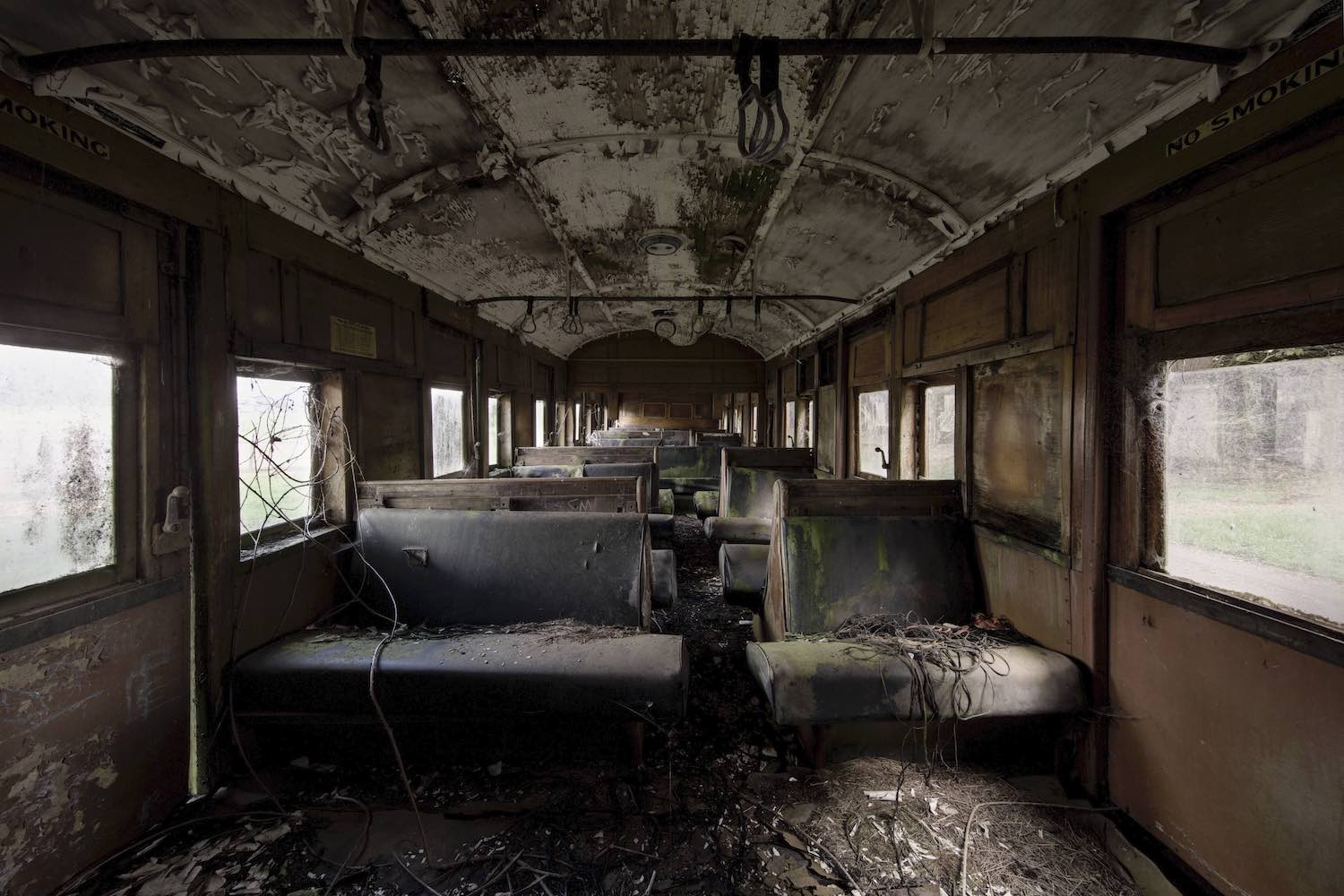
VICE: How did you learn about all these abandoned places?
Shane Thoms: I have my own map that I developed over the years, and of course with social media. From 2010 onwards, when you start posting your images on Instagram or Facebook other people find you via hashtags and you develop a little bit of a network of people who do the same. I have a small network of friends and we all swap locations. We keep them very secret because we like to keep them preserved, and of course you don’t really want copper thieves to go in and destroy the space; you don’t want people to steal anything. So I have a network of about probably five or six close friends that I will swap locations with.
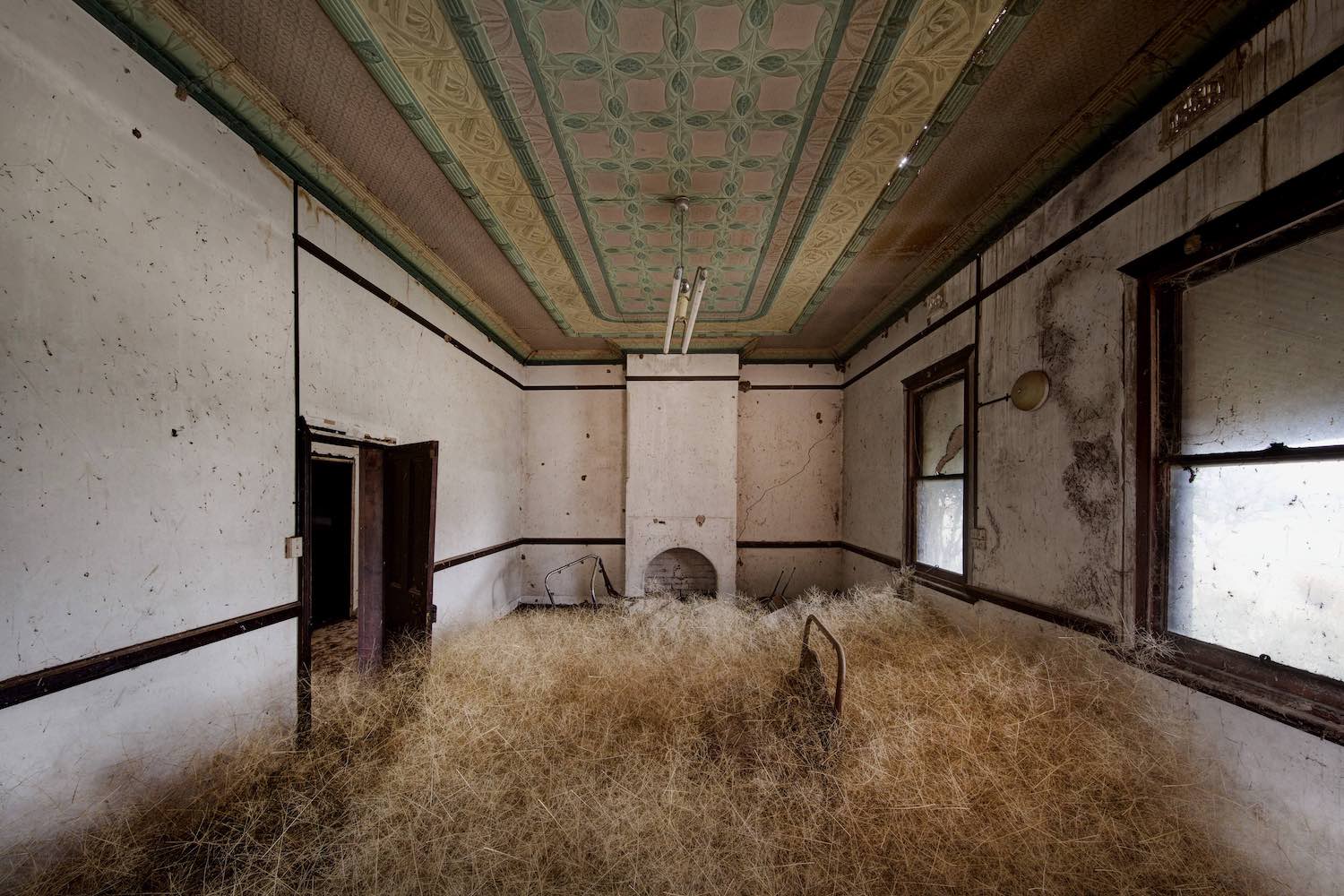
Can you describe to me the beauty of abandoned spaces?
I see these abandoned places as stages, where the actors are no longer there to animate the space and we’re left in an auditorium where we can spend some time with the props that they’ve left behind. It’s an incredibly culturally reflective platform, and it just opens up so many questions, especially about Australia.
We have a very complicated history and a lot of problems in Australia, especially with Indigenous culture. A lot of people seem to think that Australia started in 1788, and it didn’t: Australia started tens of thousands of years ago. So all of these conversations come into play when you’re in these spaces.
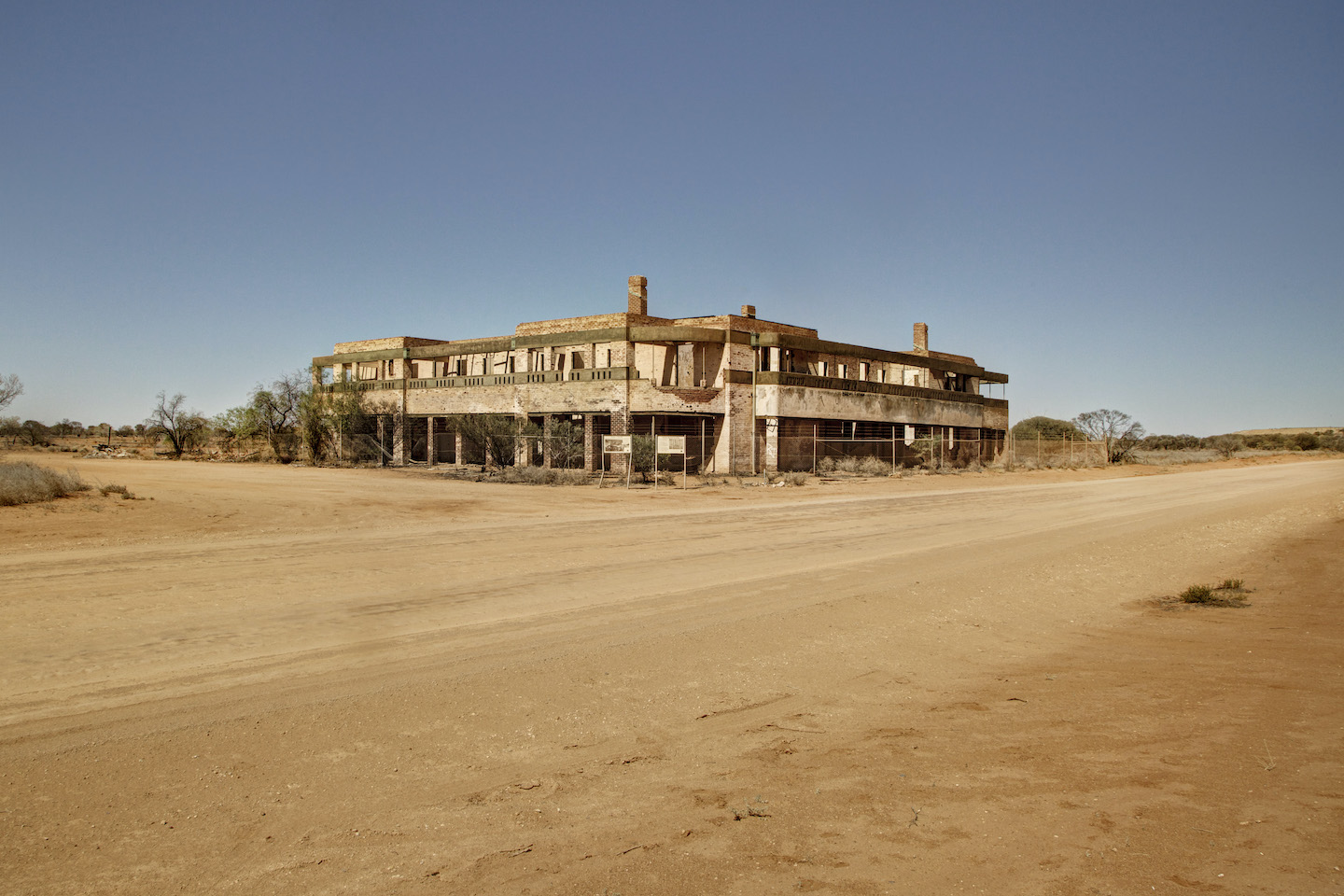
Do you ever get scared when you’re taking these photos? It looks as though you’d be all alone in many of these creepy spaces.
Not really. I’m a horror movie nerd and I have a playful fascination with the macabre, so I get a thrill from being in these spaces. I’m not really a ghost hunter, but what initially attracted me to these spaces many years ago was that fascination. They’re real creepy spaces to me, and although I don’t believe in ghosts, I love the ambience.
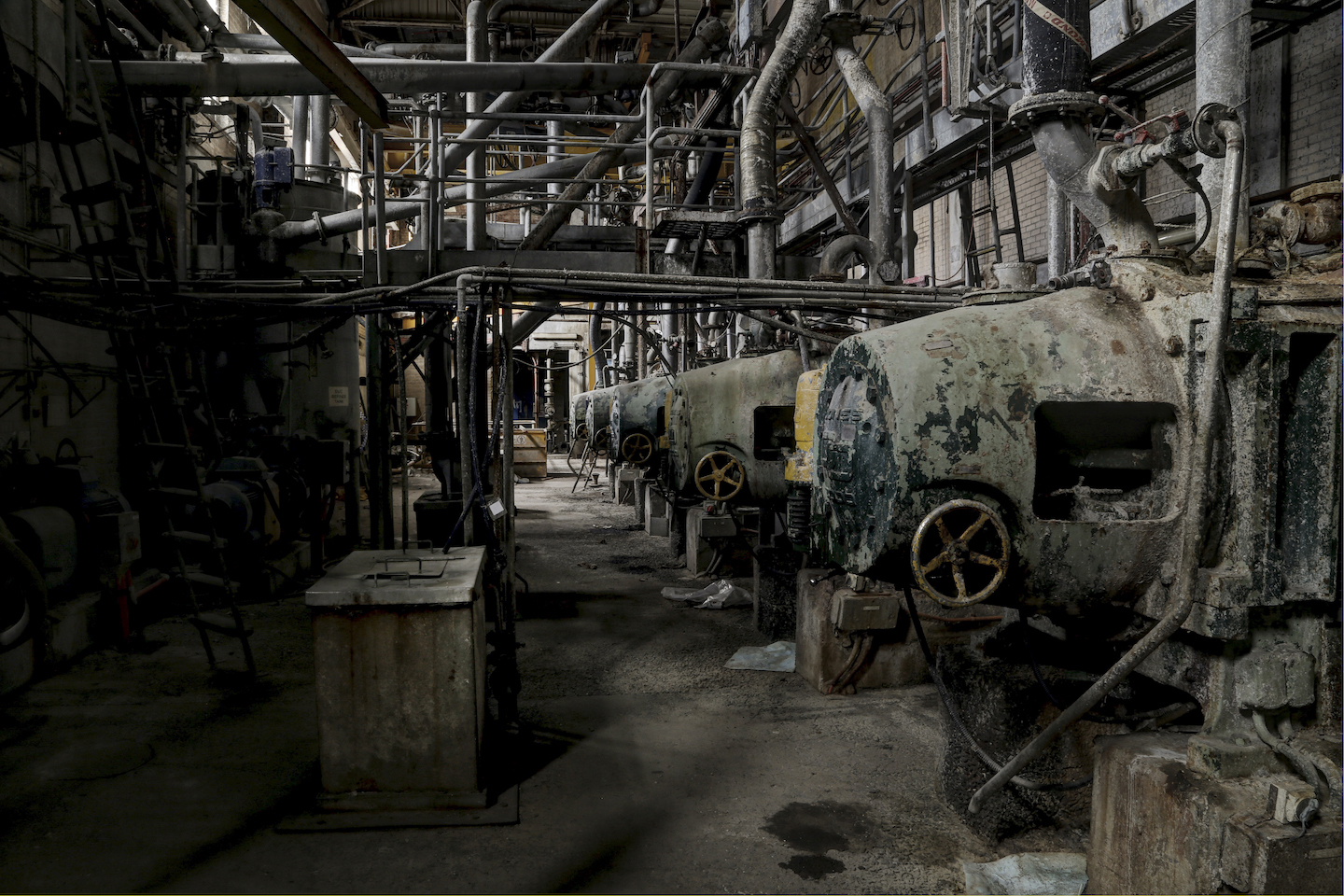
A Nightmare on Elm Street is my favourite horror movie of all time, and when I was a child I was so scared by Freddy Krueger and this idea that he was lurking around his big abandoned factory. That started my fascination with abandoned places: empty factories and large industrial spaces, I love them because they just make me think about A Nightmare on Elm Street. That movie really sent me on this journey.
Another thing that drove me to immerse myself in these spaces had a lot to do with me being queer and exploring my identity. I was always told by my family in the 80s that being gay was “destroying the family,” so I guess my guilt and my feelings of destroying the traditional family unit drove me to seek out these decayed domestic interiors. They were as decayed as the way I felt inside at the time, and sort of represented this domestic erosion. I felt safe inside them because I was a part of the rotted canvas.
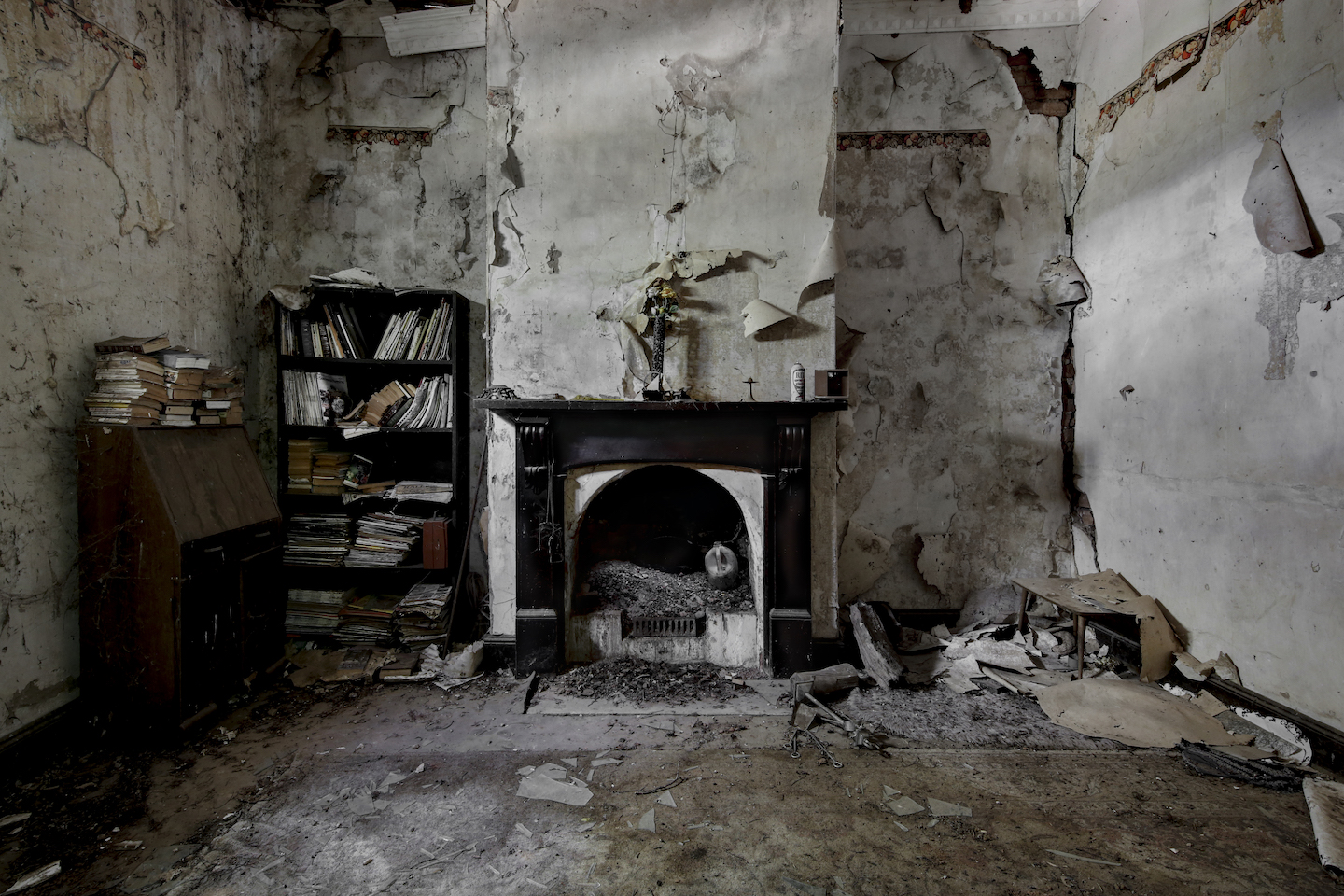
What’s the most unique abandoned place you’ve ever photographed?
There was an abandoned wildlife park in Phillip Island [Australia] which is gone now. It had a shark in a glass tank. When I photographed that in 2012 with two friends of mine, finding that in the glass case was just mind blowing. It was in pitch darkness, and we only saw it because my friend shone a torch on this big glass tank from the other side. I just got this really creepy silhouette of a massive shark’s head and teeth.
That was probably the quirkiest thing I’ve come across—but sadly somebody found that in 2017 and they turned it into a YouTube thing, and then people went there and trashed it. That’s what really upsets me: somebody found it five years later, and somebody broke the tank, and yeah… that’s why I keep these locations private.
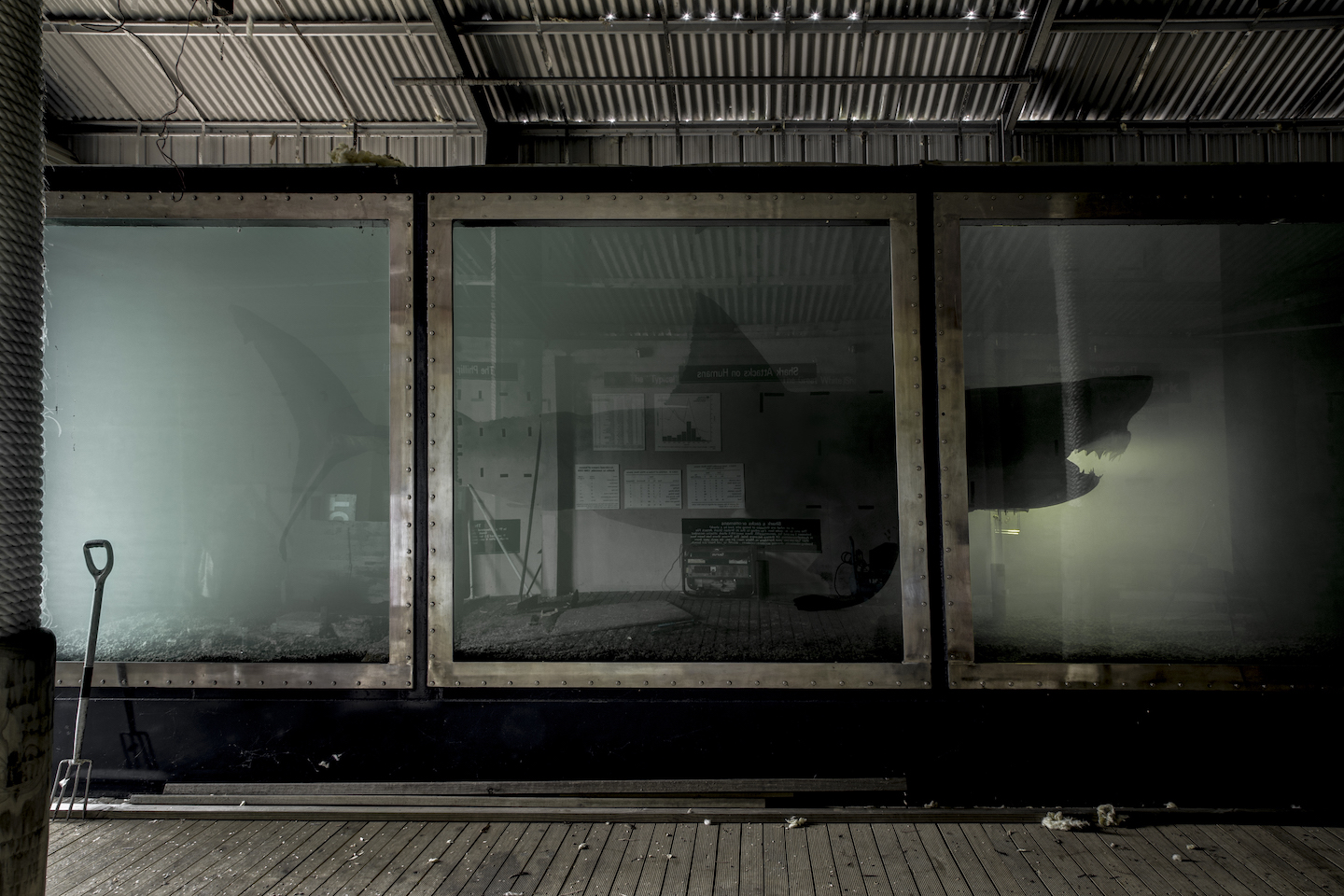
What’s next on your bucket list of abandoned sites?
Photographing abandoned places will always be something that I love doing—it’s a part of my life—but I do want to reinterpret a lot of these spaces into art projects, so I’m actually going to take a lot of these ideas and I want to turn them into installations.
One of them is very tied in with Candyman. I’m looking at a way of reinterpreting graffiti spaces and hip hop culture, and turning that into some kind of art installation. I won’t give you too much information because it’s too complex, but it all stems from my love of horror and my love of abandoned places and interpreting them not just via photography. Photography is a way I can share these images, but I’d love to find another method and engineer something where I can present this abandonment, this narrative, to people in a non-photographic way.
There are lots of ghost cities in the Middle East that I’d love to venture out to. I photographed a place called Ordos, which is a former ghost city in China. They’re like art installations, like sculptures that echo this emptiness. The wind blows through them, and nobody’s gonna live in them; they were just built and then left behind. It’s like a creepy post-apocalyptic film set that’s been left to rot, and like they’re waiting to be filled with the warmth of people, but that never came. They’re like a creepy, barren, concrete forest, and there’s heaps of those in Libya and Saudi Arabia too.
Thanks Shane, it’s been a pleasure.
Thank you.
Follow Shane Thoms on Instagram, along with writer Gabriela Caeli Sumampow
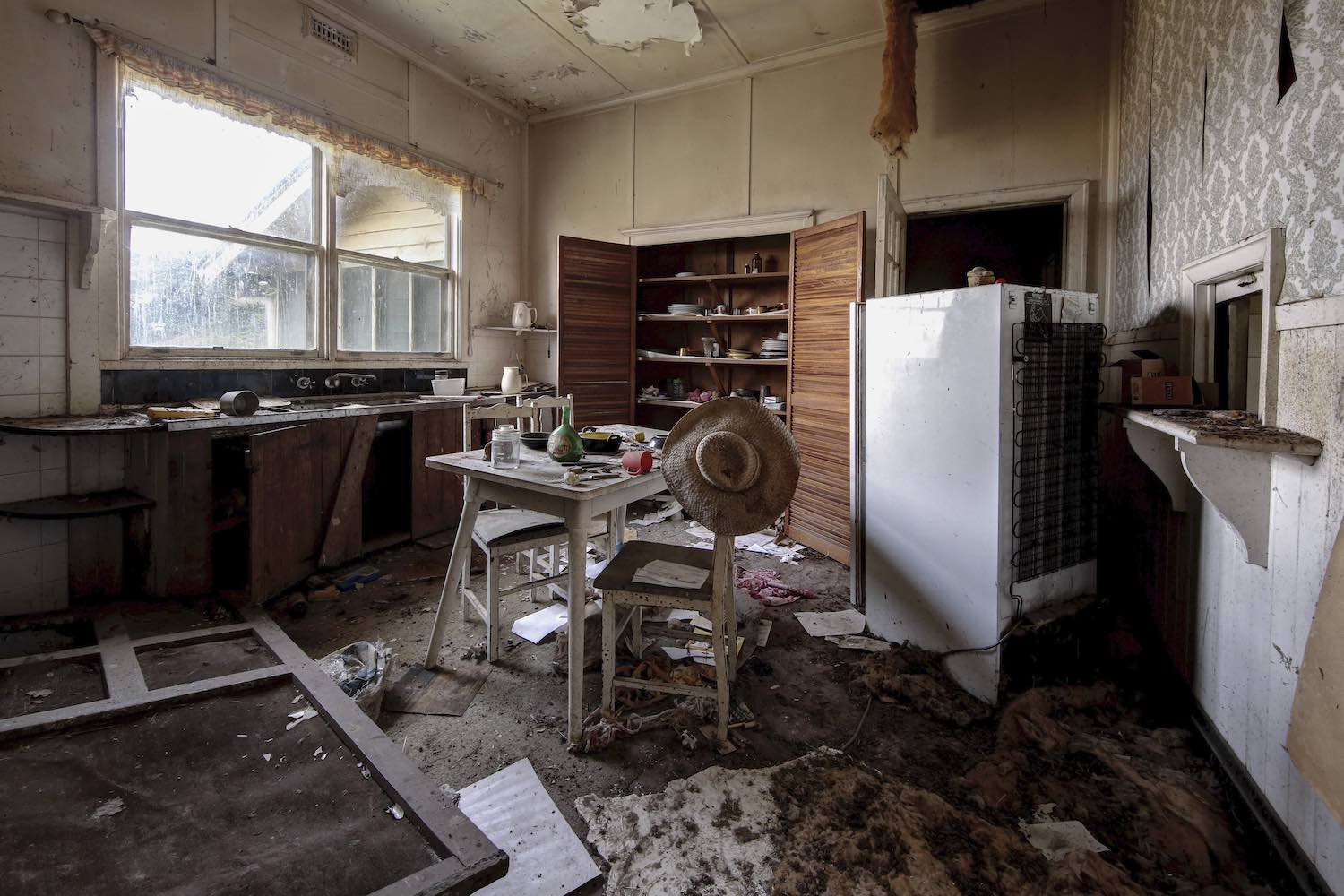
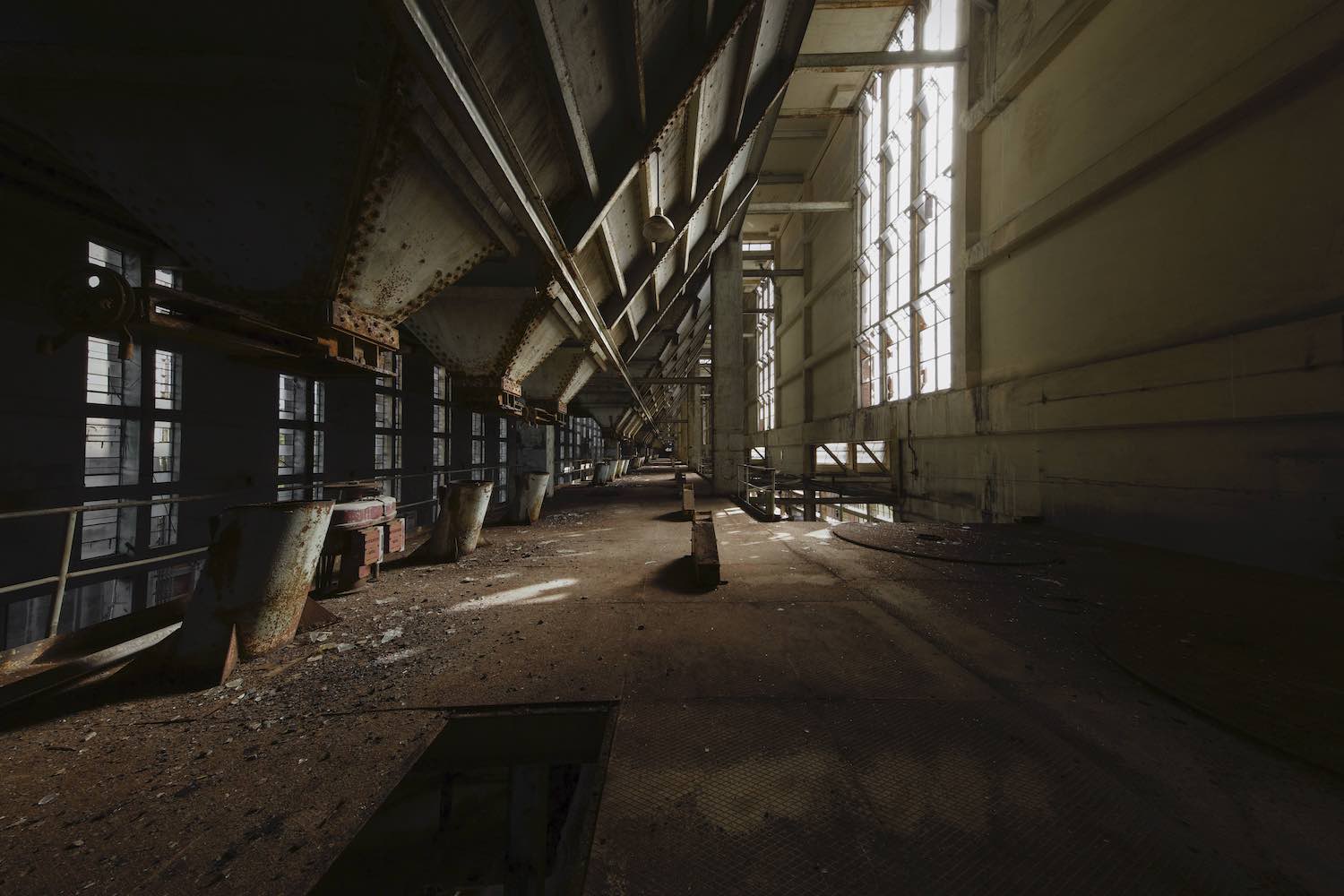
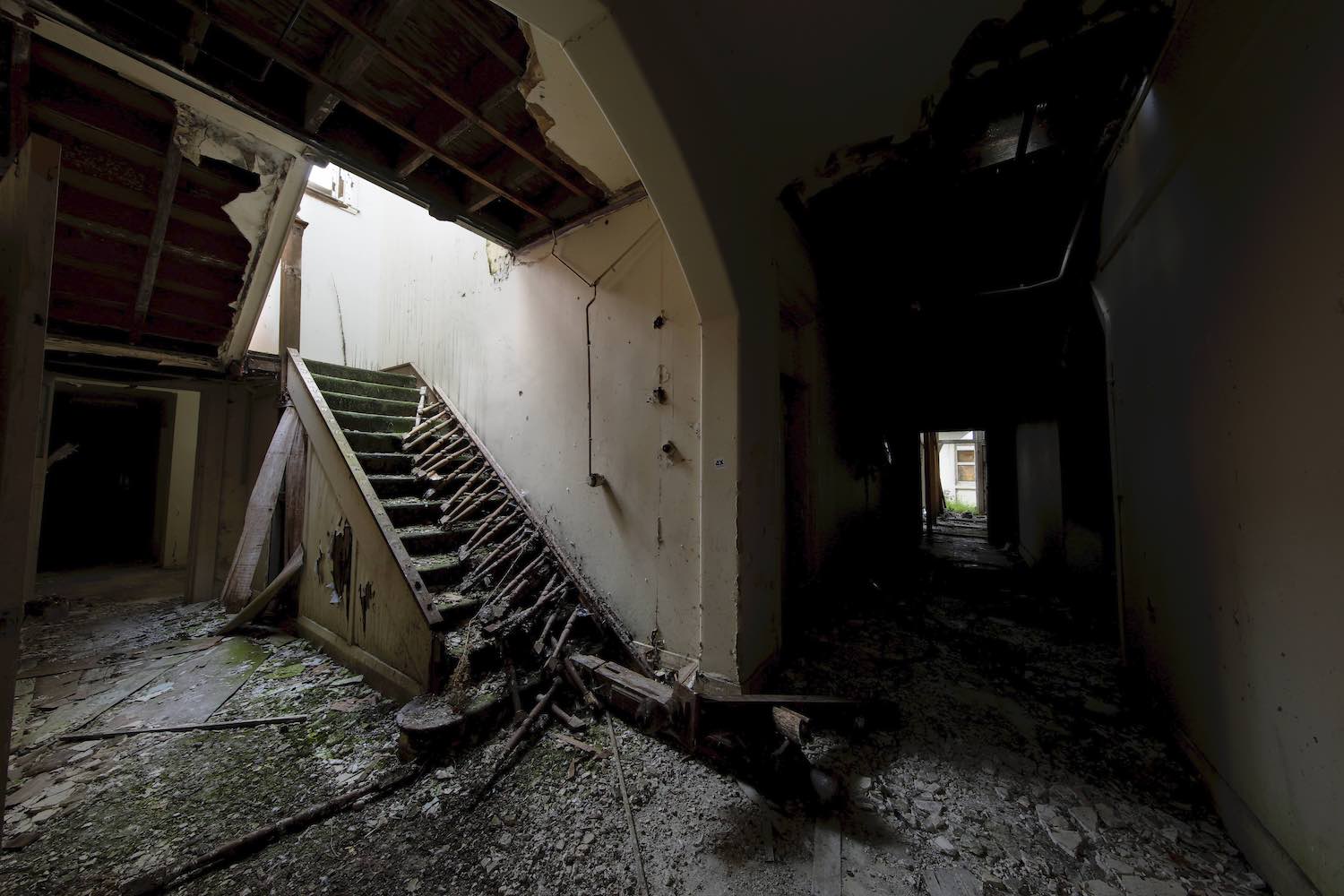
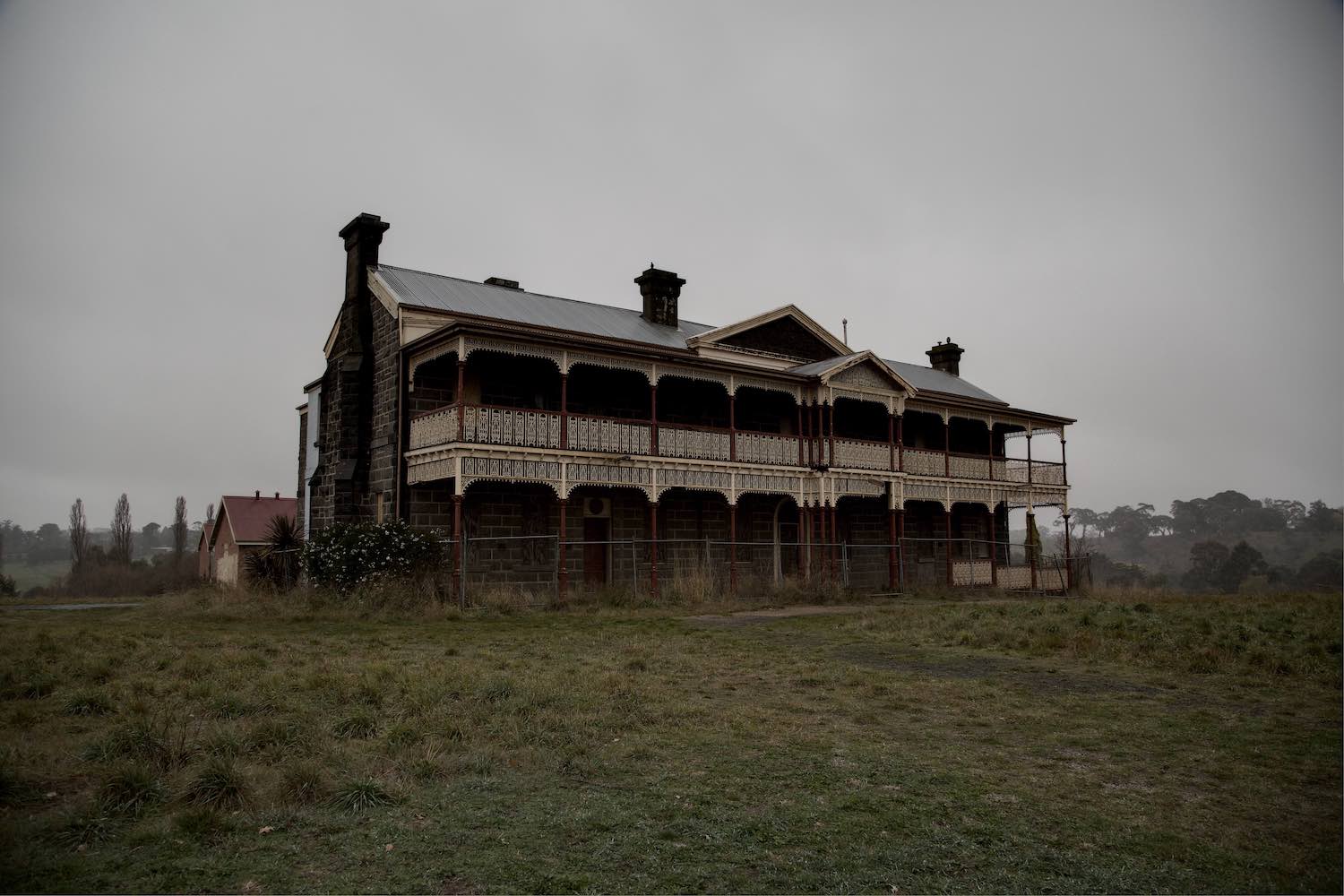
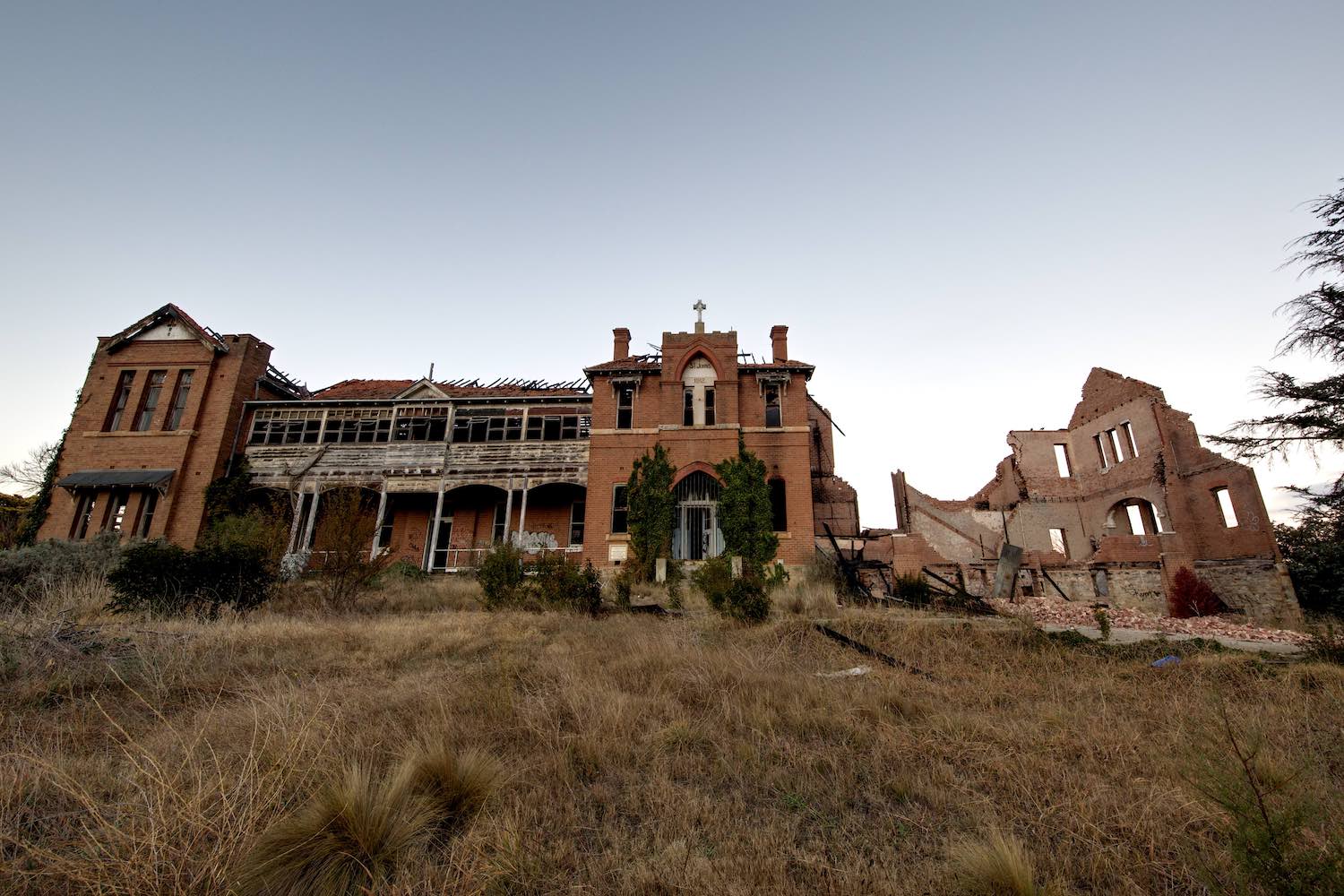
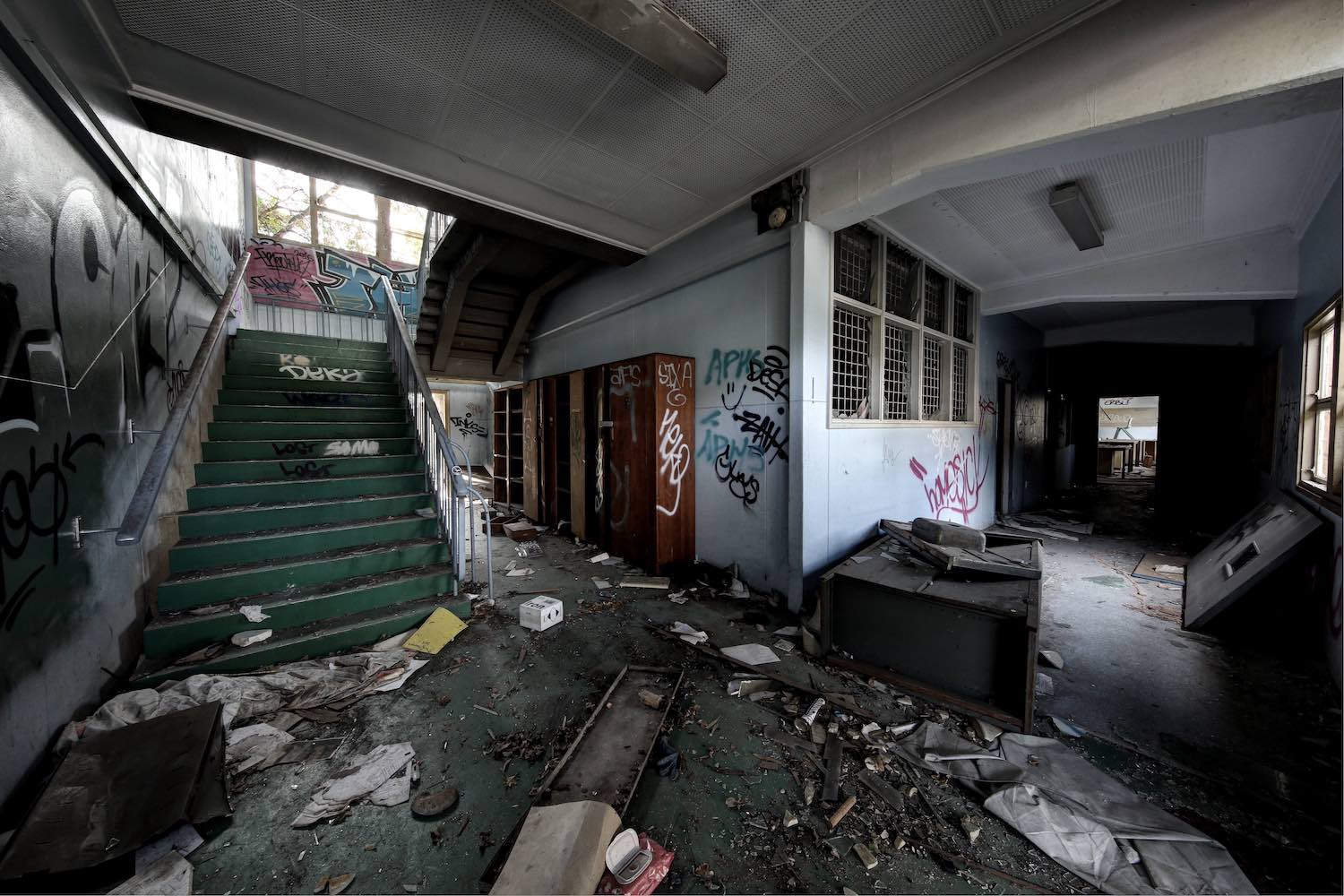
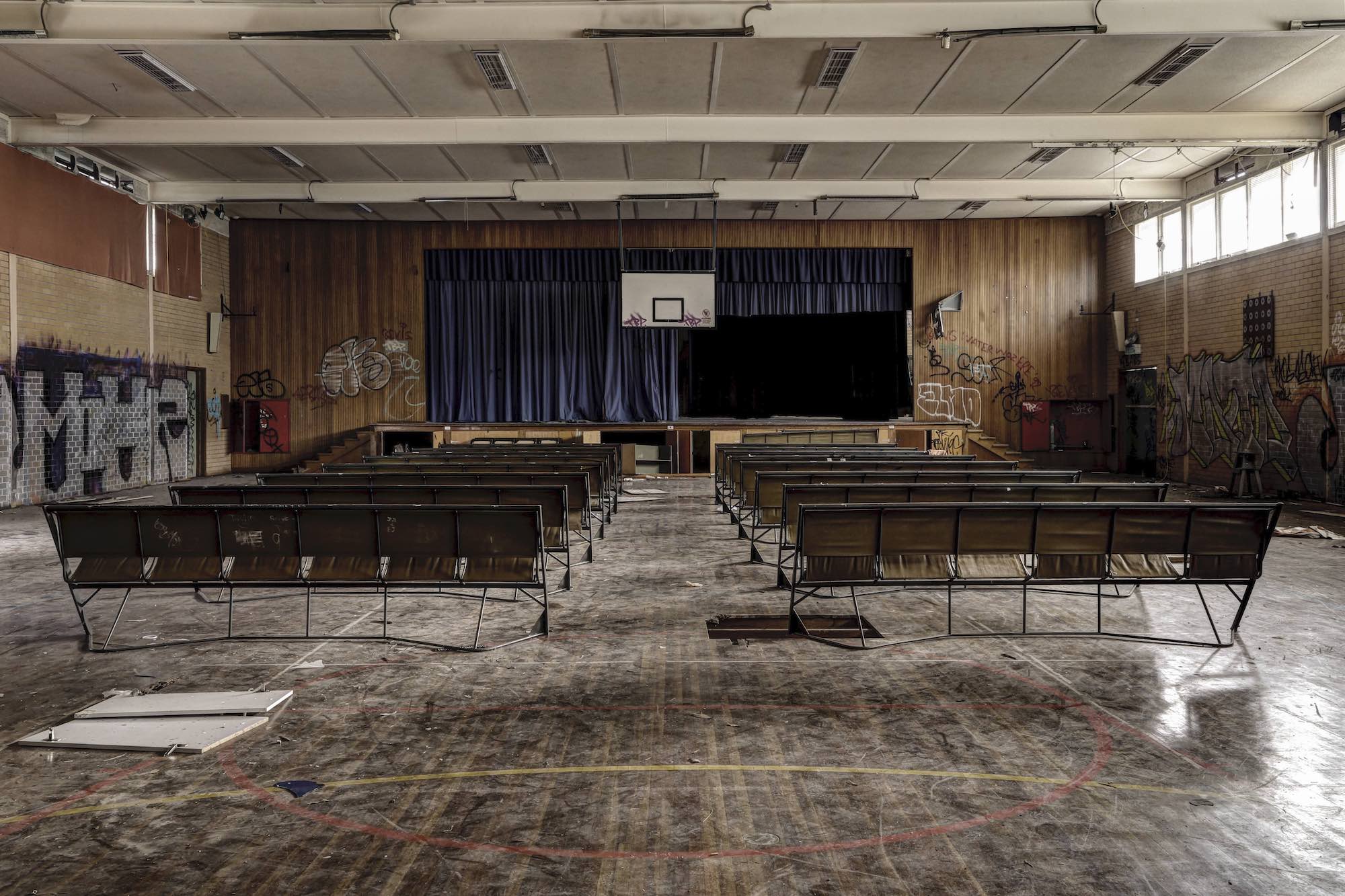
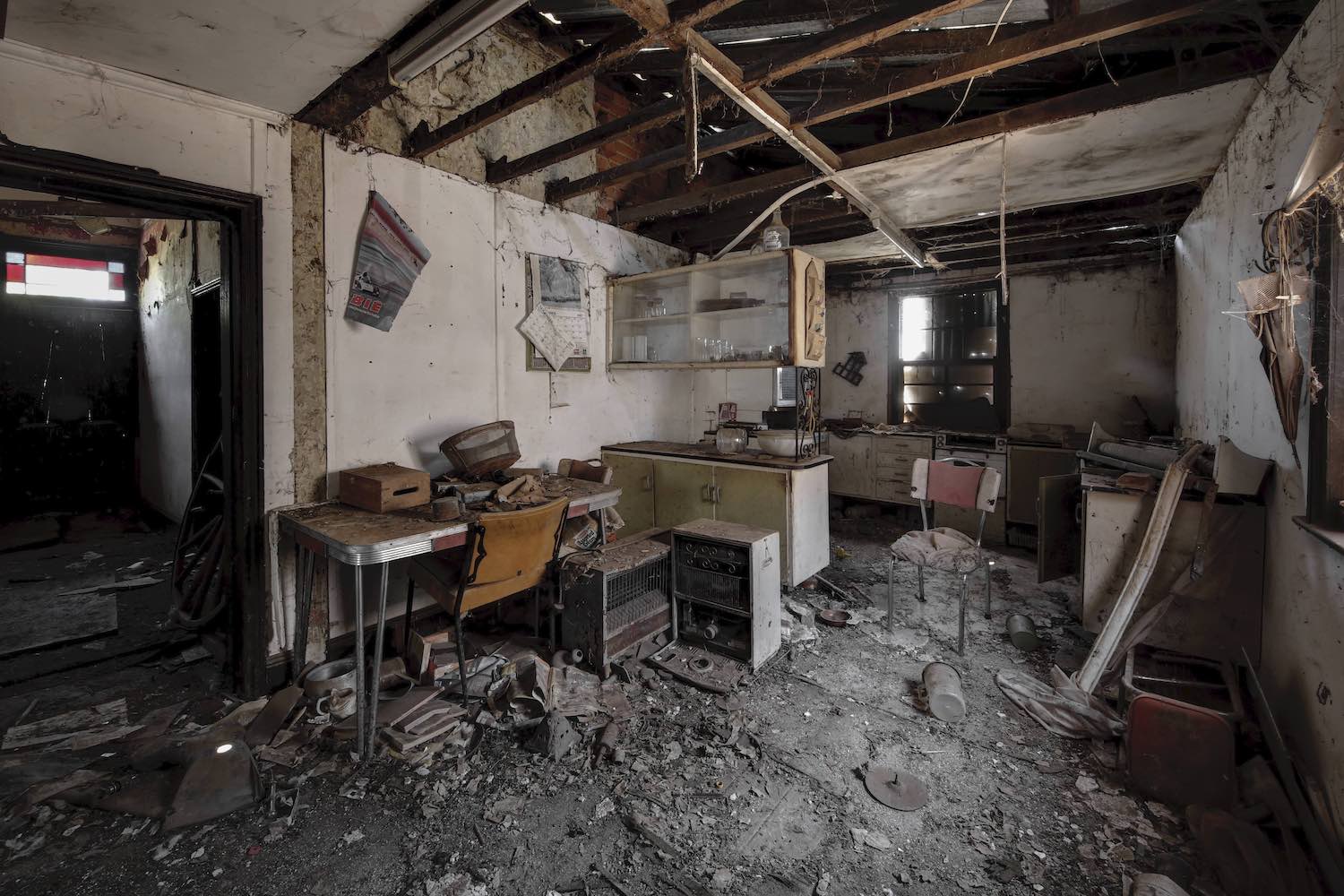
More
From VICE
-

Pick up our top water flosser pick, this water flosser from Waterpik. Yeah, say that three times fast, you coward. -

(Photo by Bettmann / Getty Images) -

Savannah Sly, dominatrix and co-founder of sex-worker vote mobilization group, EPA United. -
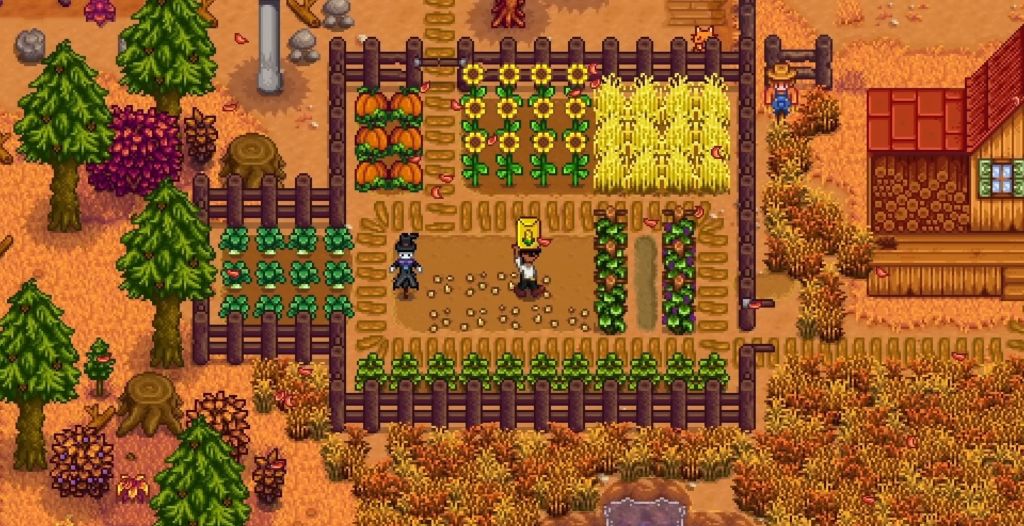
Screenshot: ConcernedApe
